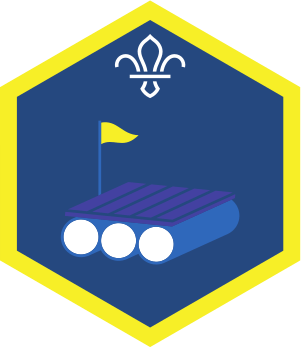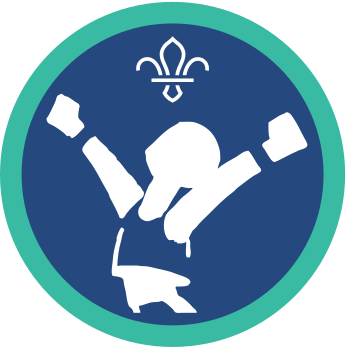Pony trekking
What to expect
If you go pony trekking you’ll go out (usually into the countryside) on the back of a pony or horse. Treks can last an hour or more. Pony trekking’s usually done by riders with a bit of experience, but beginners can have a go at a walking trek if they’re led on a lead-rein (to keep everyone safe). You’ll need to wear a helmet (usually provided by the stables) and some stables may ask you to wear a body protector too.
What you’ll learn
Pony trekking involves a lot more than just sitting still and resting! You’ll need to use your coordination to stay balanced and, depending on what you’ve signed up for, you may need to help take care of the horse and direct it too. Being in control of a pony (even if you’re on a lead-rein) is a great chance to be independent – it’s a big responsibility to ride an animal.
Fun facts
Pony trekking experiences are available worldwide. You can trek across beaches and deserts as well as in the mountains and countryside. Some people still ride horses for their jobs, including mounted police and people who work at ranches (where they use horses and ponies to gather and move cattle).
Handy hints
- Take some hair bobbles. Some places may ask people with long hair to tie it back, so take some spares just in case.
- Don’t forget your camera. You’ll want to get pictures of everyone to help them remember the experience.
- Grab a drink. Pony trekking can be surprisingly tiring. Encourage everyone to take a drink (and think about taking some spares).
- Check the weather. Keep an eye on the forecast so everyone comes in weather-appropriate clothing, whether they need jumpers or sunhats.
Safety
You must always:
- Complete a risk assessment
- Have the right ratios of number of adults to provide suitable supervision
- Set up an InTouch process
- Know what to do in an emergency
- Share information with parents and carers with an activity information form
- Get approval from your Lead Volunteer.
Be safe outdoors:
- Check the weather forecast
Horse riding:
- Everyone must wear a helmet whilst horse riding, exemptions apply
Joint activities with other organisations:
- This activity can be run jointly with Girlguiding.
- This activity can be run with other organisations.
This activity can be led by you or someone else in Scouts:
- Acceptable instructor qualifications
- British Equestrian Federation - Approved body or club
You can go to a centre or use an activity leader who is not part of Scouting:
You must find a suitable provider who meets the following requirements:- The centre/instructor should hold one of these: (If the provider is AALA exempt)
- British Equestrian Federation - Approved body or club
- Adventure Mark - centre
The provider must have public liability insurance.
Guidance
Reflection
Pony trekking gave everyone the chance to enjoy nature while being active and exploring an area in a new way. Did anyone notice anything different? What about if they walked the same route again – do they think they’d see anything differently? People could think about how they could see over hedges and keep their feet dry on a pony – but they may have had to duck under low-hanging branches or lean when going up or down hills.
What did people learn about their ponies during the trek? How could they use the information if they went to a riding school? Maybe people learned about how horses walk on different surfaces, how they can turn in tight spaces, or how to encourage them to go in the right direction. Did anyone’s horse really like to eat grass? How did they tell them to keep their heads up?
If anyone’s not confident around horses, try to give them the chance to ‘get to know’ a horse. They may feel more comfortable getting stuck in if they can groom or stroke the horse (or see someone else riding) before they climb on. You could also look into riding lessons at a local school.
- Pony trekking can often be adapted so more people can give it a go. Many riding stables have facilities that cater for people with additional needs and experienced instructors to help everyone achieve their goals. Get in touch with your local provider to chat through the needs of people in your group – make sure you give them plenty of notice.
- Have a look on the Riding for the Disabled Association’s website for more information on riding schools and how to get involved.
All Scout activities should be inclusive and accessible.
If anyone especially enjoyed pony trekking, encourage them to find a local riding school and try horse riding there – they could even work towards their Scouts Equestrian Activity Badge.
If anyone’s done this before, encourage them to share their knowledge with everyone else before you get stuck in. It’s up to them how they do it – they might want to do a swish presentation or just have an informal chat.




